Asia’s legendary cityscapes—Tokyo and Hong Kong—remain colossal states of human ingenuity and cultural tradition. Although both are cosmopolitan financial hubs with spectacular skylines, these megacities offer visitors radically different experiences. The contrasts go far beyond mere visual distinctions, extending to the very nature of everyday life.
20 ways in which Tokyo and Hong Kong are entirely different travel experiences, each showcasing what makes them so uniquely interesting.
Public Transportation Coverage
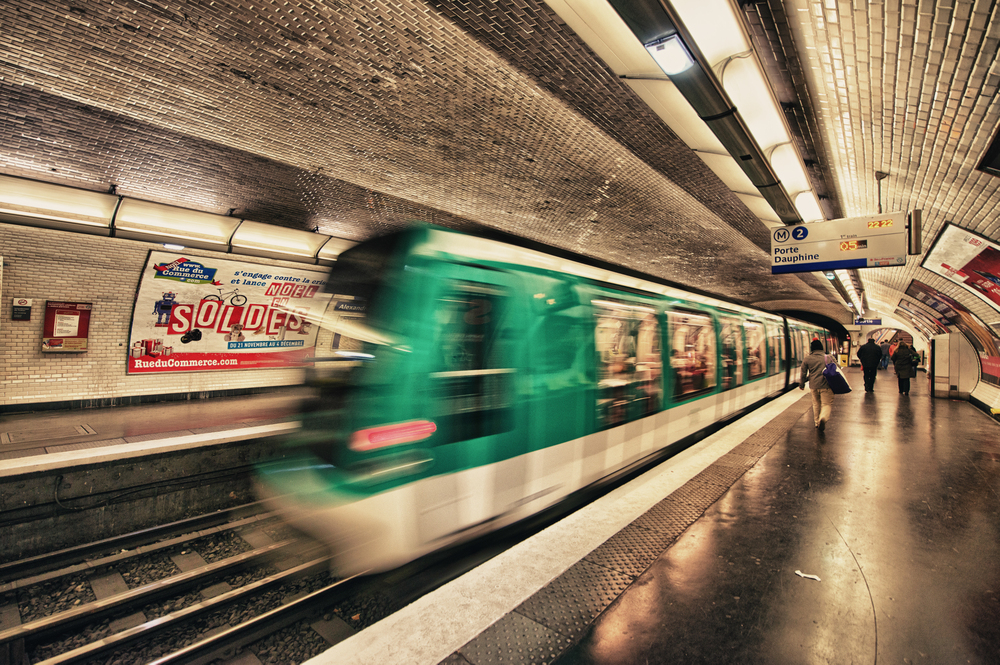
Tokyo’s train and subway system reaches into nearly every corner of the sprawling metropolis with almost military precision. Stations are often just a five-minute walk from any point in central districts.
While incredibly efficient, Hong Kong’s MTR system covers a more limited area, requiring more reliance on buses and taxis to reach certain neighborhoods.
Urban Layout
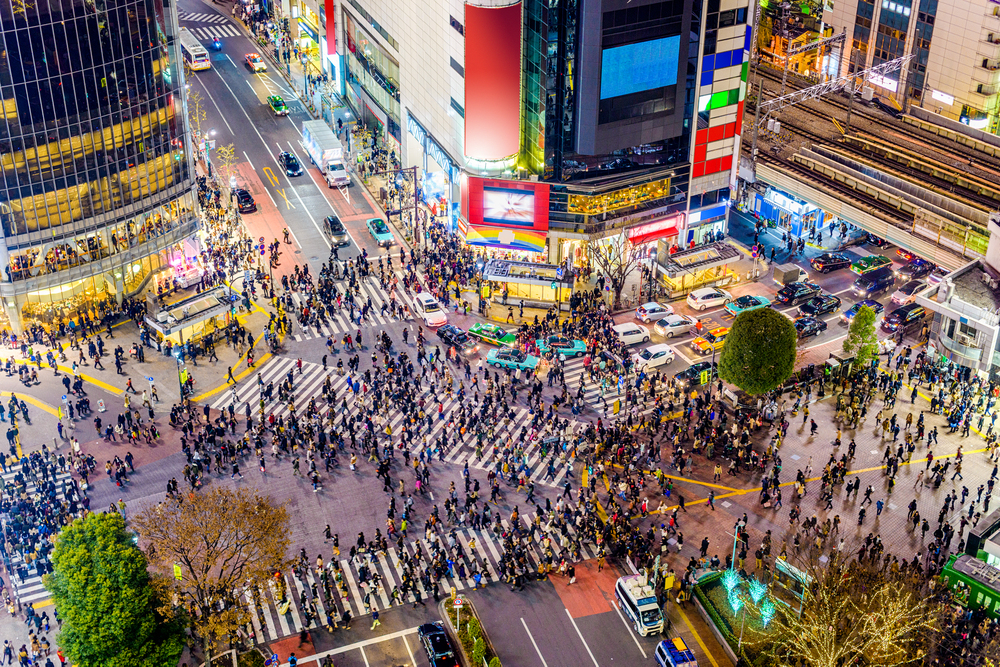
Tokyo spreads horizontally across a massive plain, with distinct neighborhoods that feel like separate towns. The city unfolds like a patchwork quilt of varied districts, each with its own character. Hong Kong builds dramatically upward due to its limited usable land, creating a vertical city between mountains and the harbor. This results in one of the world’s most densely populated urban environments.
Night Market Culture

Hong Kong embraces vibrant night markets as essential social spaces where locals and tourists mingle among food stalls and merchandise vendors until late hours. Temple Street Night Market remains an iconic experience. Instead, Tokyo lacks traditional night markets, offering yokocho (alley dining areas) and department store basements (depachika) for food shopping experiences that typically close earlier.
Language Accessibility
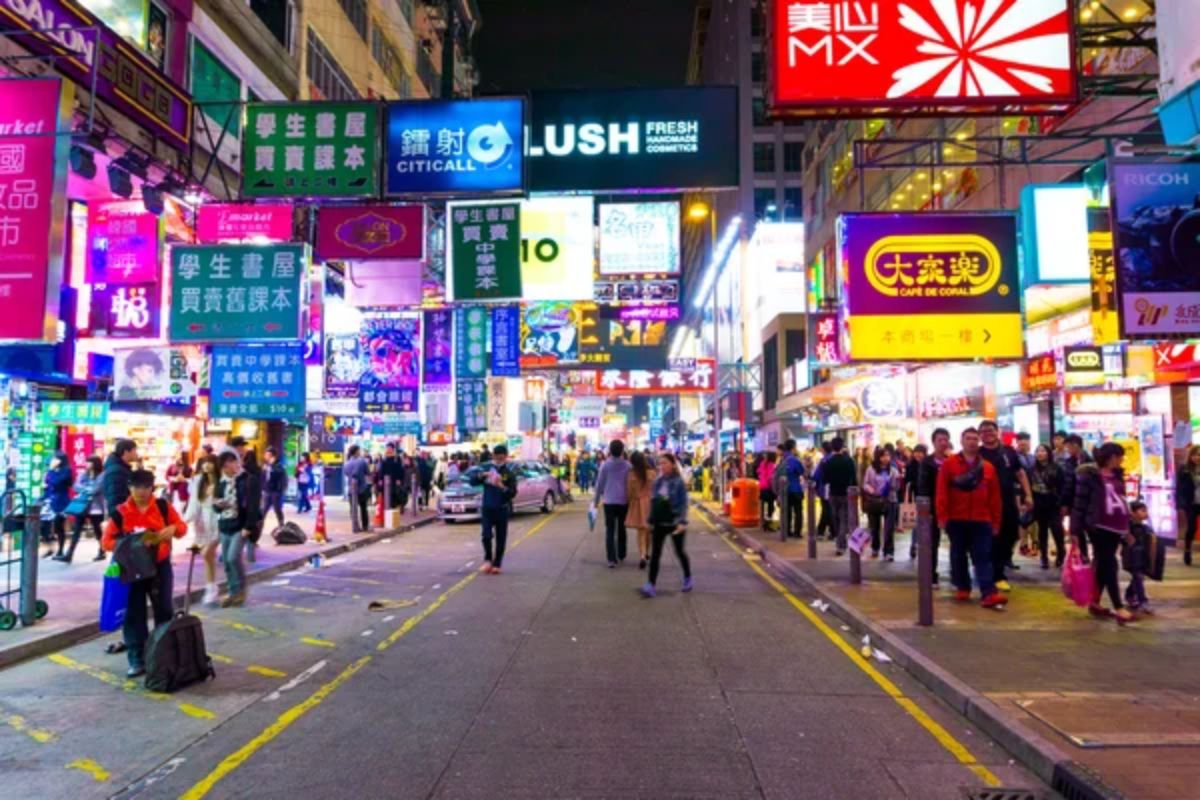
Hong Kong’s widespread English usage, a legacy of British colonialism, makes it relatively easy for English-speaking visitors to navigate without translation apps. Signs, menus, and official communications commonly appear in English and Chinese.
Tokyo presents a more challenging linguistic landscape for non-Japanese speakers, with fewer English signs and less English proficiency among residents outside major tourist areas.
Culinary Price Points

Hong Kong offers extraordinary culinary diversity across all price points, from Michelin-starred dim sum to legendary street food available for just a few dollars. Tokyo’s dining scene skews slightly more expensive overall, particularly at mid-range establishments, though both cities offer exceptional value for the quality received.
Architectural Preservation

Tokyo was largely rebuilt after the extensive bombing of World War II and reflects a more modern aesthetic. Structures are periodically rebuilt due to earthquake safety concerns. Few buildings predate the 1950s.
Hong Kong retains more visible colonial architecture alongside ultra-modern developments, creating striking historical contrasts between different eras of construction.
Population Density Experience
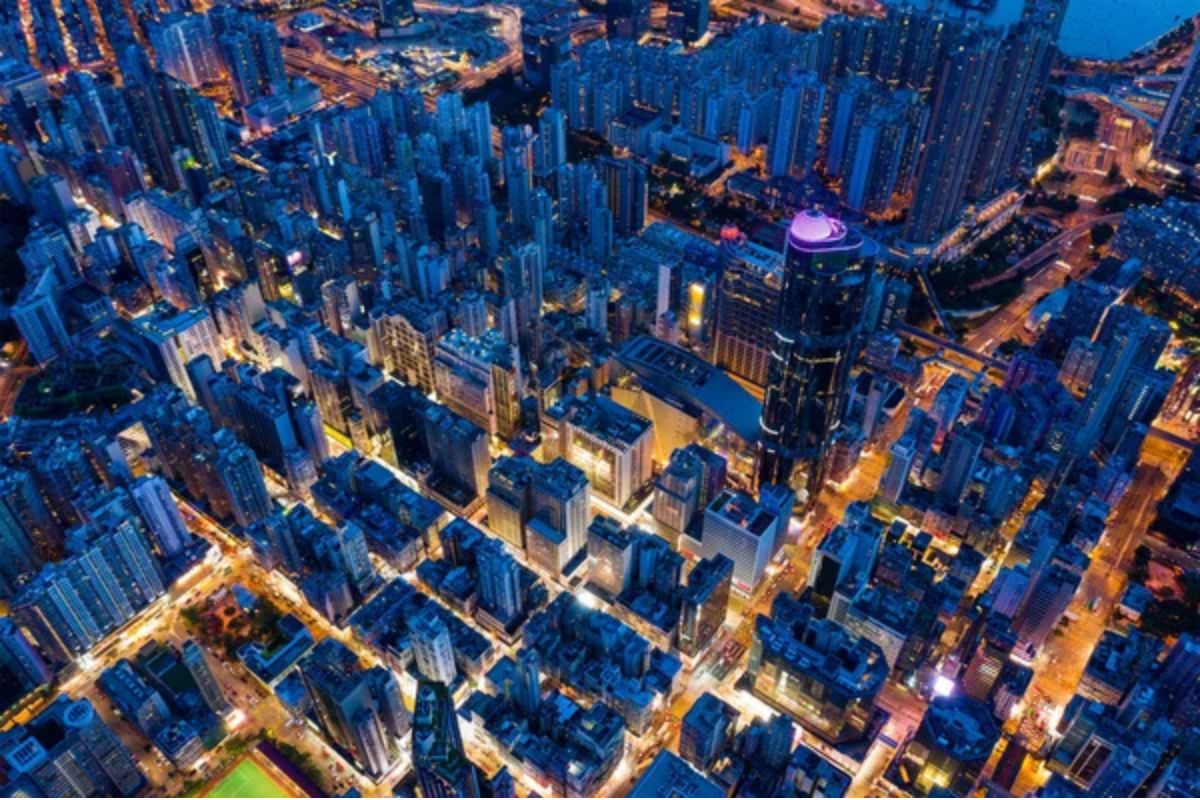
Hong Kong’s extreme density creates a visceral sensory experience of humanity in motion, particularly in areas like Mong Kok, which ranks among the most densely populated places on earth.
While home to more total residents, Tokyo distributes its population across a larger area, creating pockets of incredible bustle separated by more breathable spaces.
Weather Patterns
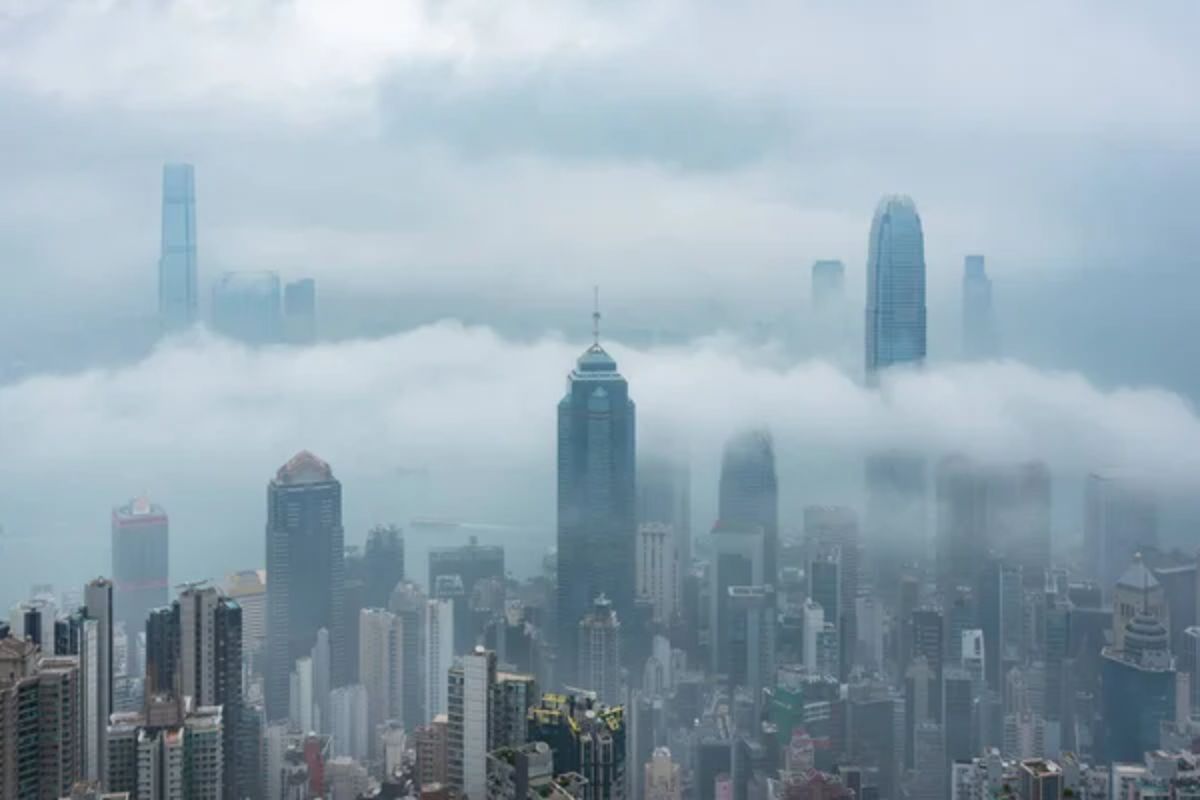
Understanding the weather patterns of these cities is crucial for planning your trip. Hong Kong has a subtropical climate with hot, humid summers and mild winters that rarely dip below 50°F.
Between June and October, typhoon season brings dramatic storms. Conversely, Tokyo enjoys four distinct seasons: cherry blossom springs, humid summers, colorful autumns, and occasionally snowy winters. These seasons offer completely different experiences depending on when you visit.
Street Navigation Logic
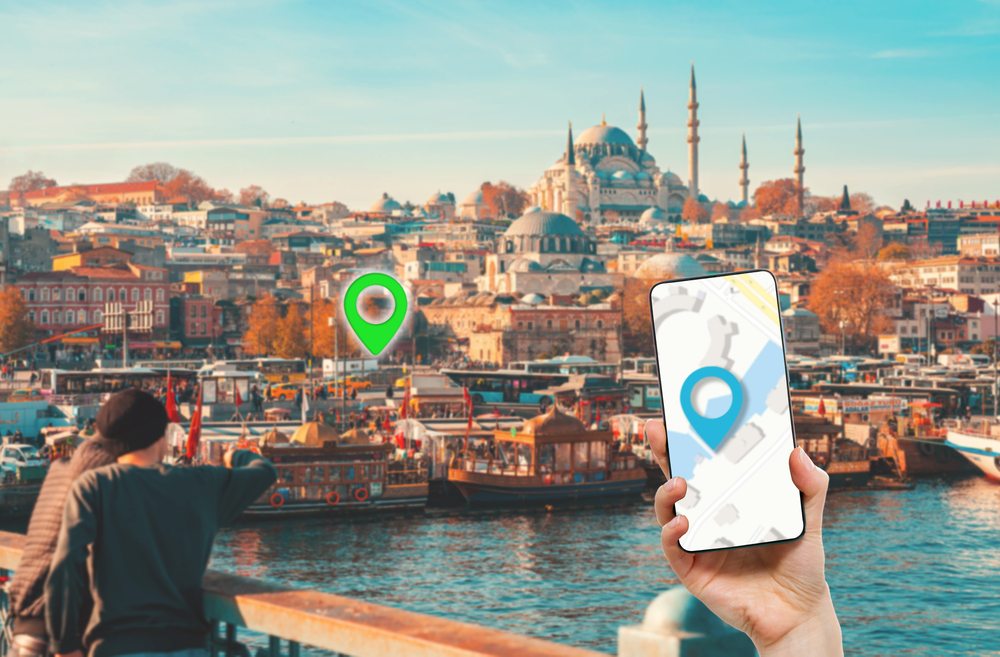
Tokyo’s address system follows a hierarchical structure based on districts, blocks, and building numbers that often confuse first-time visitors. Even locals sometimes rely on landmarks rather than addresses.
Hong Kong employs a more straightforward street naming and numbering system that Western visitors typically find more intuitive to navigate.
Green Space Integration
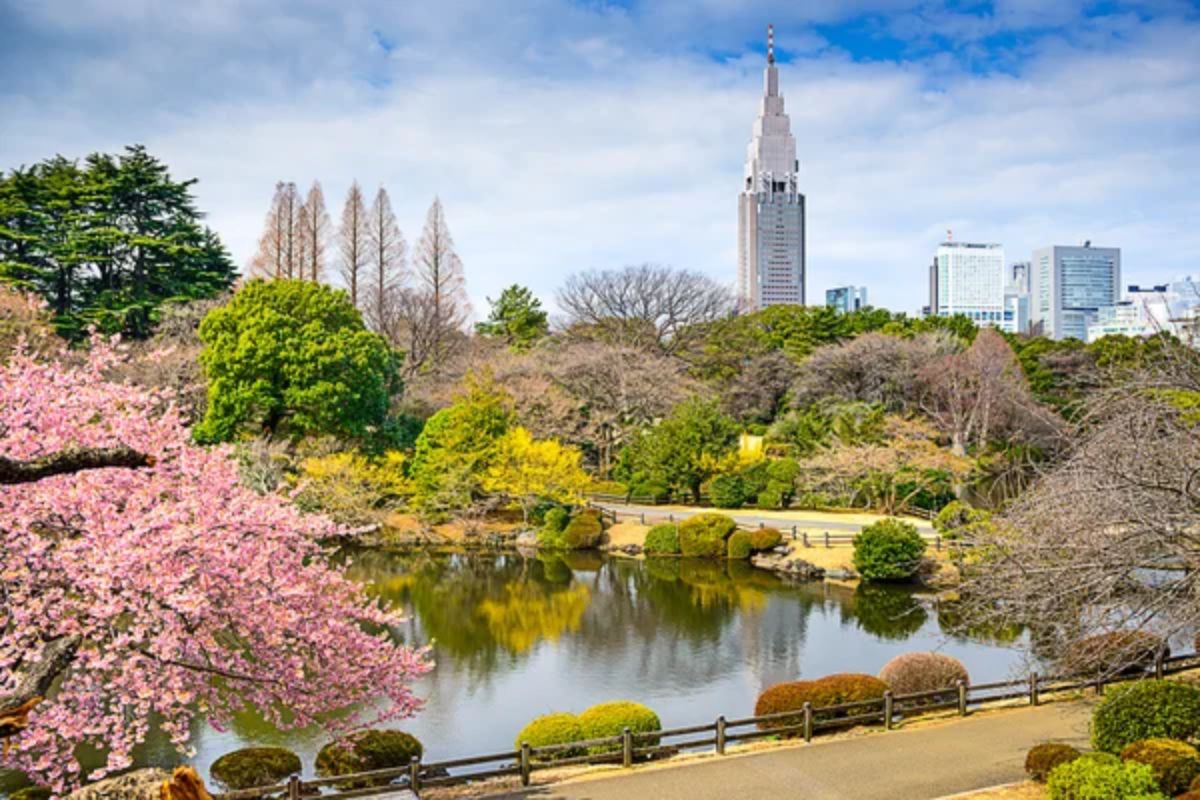
Tokyo incorporates numerous parks and gardens as intentional breathing spaces within its urban fabric, from the imperial grounds of Shinjuku Gyoen to neighborhood pocket parks. Hong Kong concentrates its greenery outside the urban core in country parks, which cover 70% of its territory.
These parks offer spectacular hiking just minutes from downtown.
Shopping Experience
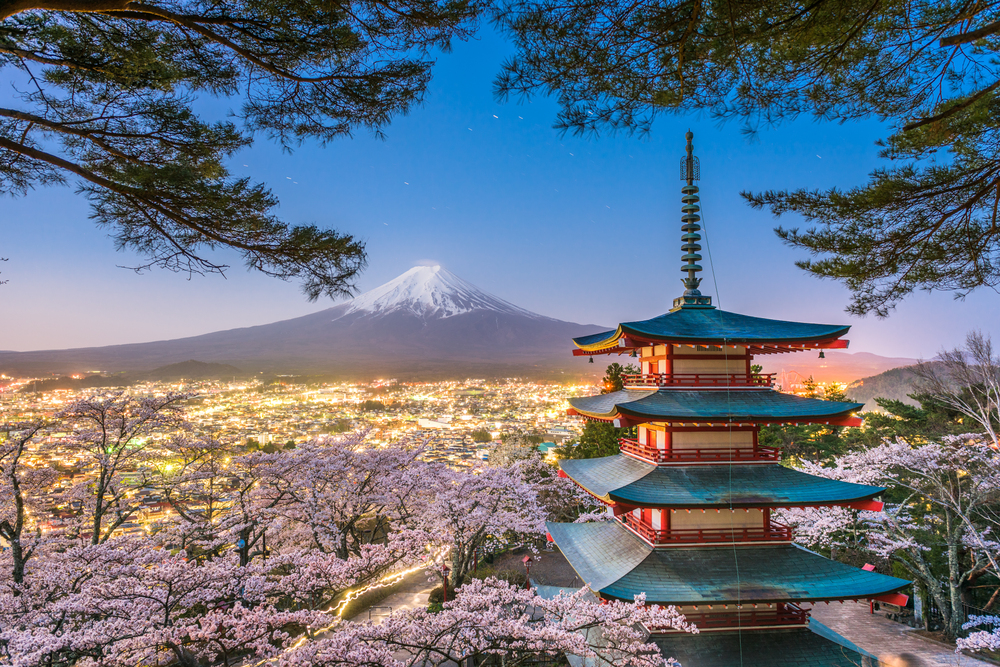
Hong Kong concentrates retail into dense, specialized districts and malls where similar products cluster, making comparison shopping efficient. Tokyo disperses shopping throughout the city with department stores and specialized streets focusing on particular goods, from electronics in Akihabara to fashion in Harajuku.
Beverage Culture

Tokyo has an eclectic coffee culture, with thousands of independent coffee houses, from traditional kissaten to sophisticated third-wave coffee houses with extreme brewing practices. Hong Kong is still tea-dominant, with traditional tea houses serving dim sum and specialized sellers offering exact varieties for select customers.
Public Safety

Tokyo consistently ranks among the world’s safest major cities, with extremely low crime rates that allow travelers to explore confidently at any hour. The city’s reputation for personal safety, where personal belongings left behind are routinely returned intact, provides visitors with a sense of security and peace of mind. Hong Kong also boasts impressive safety statistics but experiences slightly higher petty crime rates in tourist areas.
Harbor Relationships

Hong Kong’s identity remains inseparable from its magnificent deep-water harbor, which is the focal point of city life and tourism. The Star Ferry crossing provides an essential experience of the city. Tokyo Bay, while economically important, plays a less central role in Tokyo’s daily identity as the town has grown away from its waterfront origins.
Cash Dependence

Tokyo surprisingly relies on cash transactions, with many smaller establishments accepting only paper currency. Hong Kong has embraced nearly universal electronic payment adoption, with options ranging from credit cards to various mobile payment platforms accepted almost everywhere.
Street Food Regulations

Hong Kong’s popular street food business is more exposed, with its stalls and miniature vendors producing a vibrant sidewalk dining society in most quarters. Tokyo enforces tighter regulations on street vendors, leaving them with fewer traditional street foods but increasing standing counter outlets and small, specialized restaurants.
Public Space Etiquette

Tokyo emphasizes almost complete silence on public transportation, with conversations conducted in hushed tones and phone calls considered inappropriate on trains. Hong Kong maintains a more relaxed approach to public spaces, with livelier conversations and a generally more expressive atmosphere in shared areas.
Residential Architecture
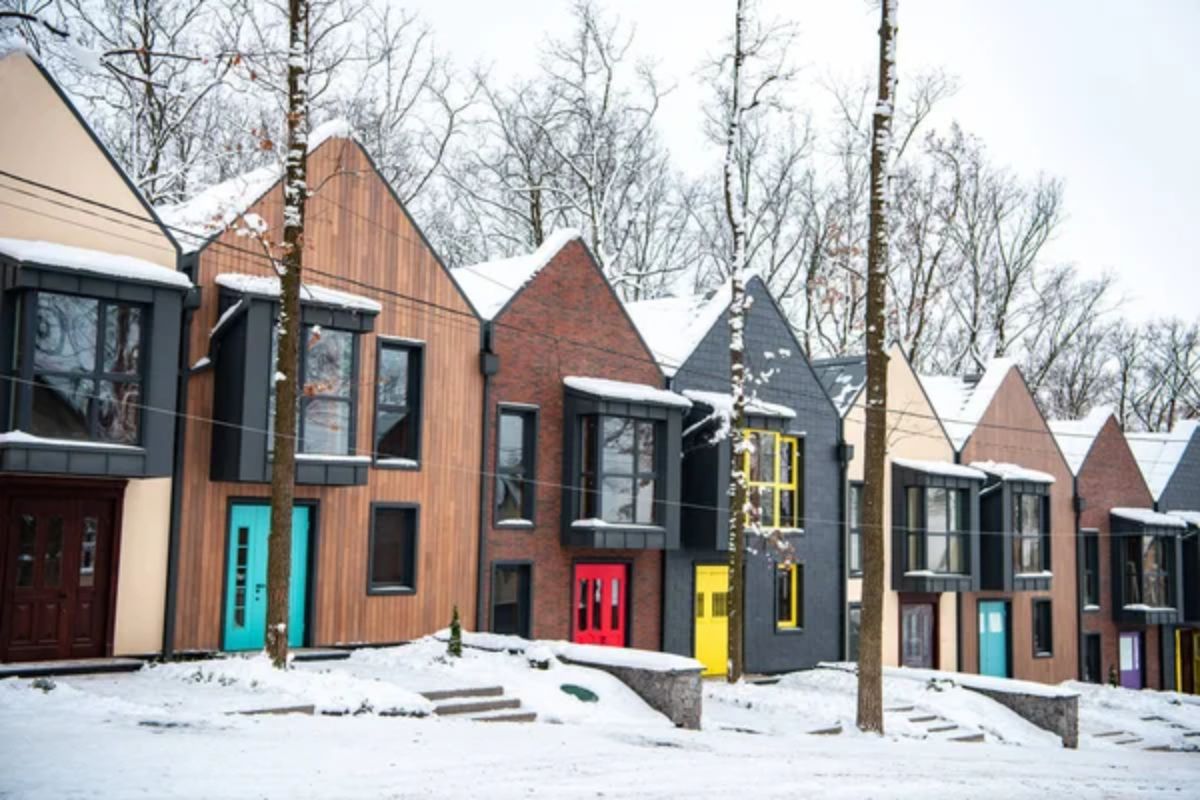
Hong Kong apartments average just 484 square feet, among the smallest in the developed world. This results in creative space utilization and more public-oriented lifestyles. While still compact by Western standards, Tokyo residences typically offer slightly more square footage and different architectural approaches to maximizing limited space.
Cultural Demeanor
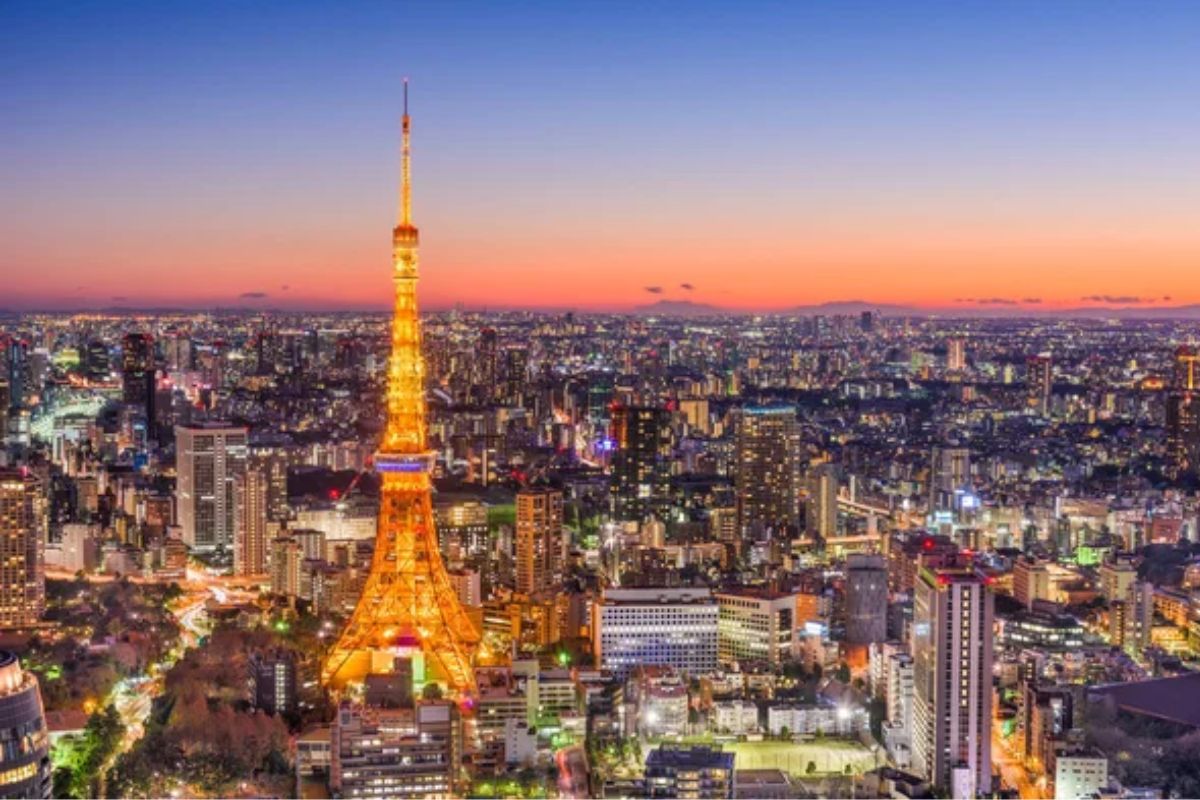
Tokyo operates on detailed social protocols emphasizing group harmony, minimal disruption to others, and meticulous attention to service details. In contrast, Hong Kong embraces a more direct communication style and a faster-paced approach to daily interactions, reflecting its position as an international trading hub.
Travel Beyond City Limits
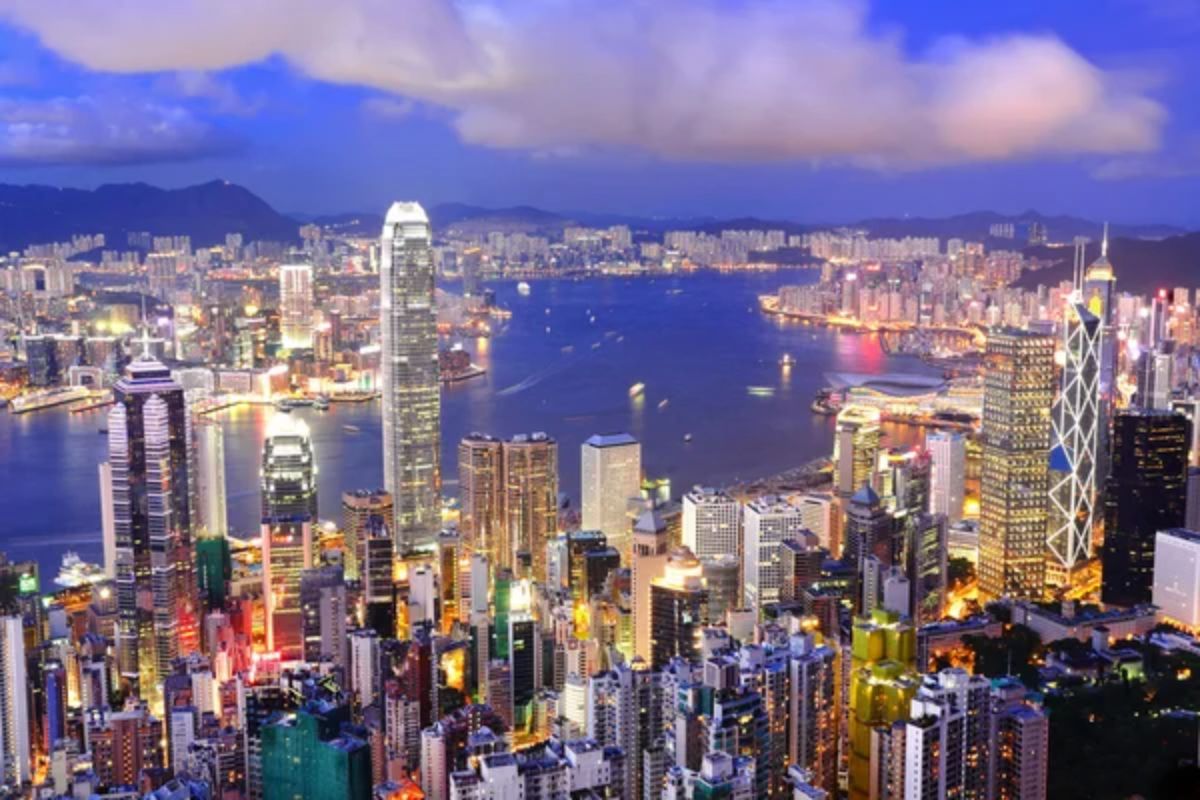
Beyond Tokyo, visitors can quickly access picturesque hot spring towns, hiking trails, and historical centers like Kamakura or Nikko via efficient train connections. Hong Kong offers immediate transitions from urban density to stunning island beaches and mountain trails within its territory, sometimes just a short ferry ride from downtown.
The Traveler’s Choice: Urban Symphony vs. Vertical Adventure
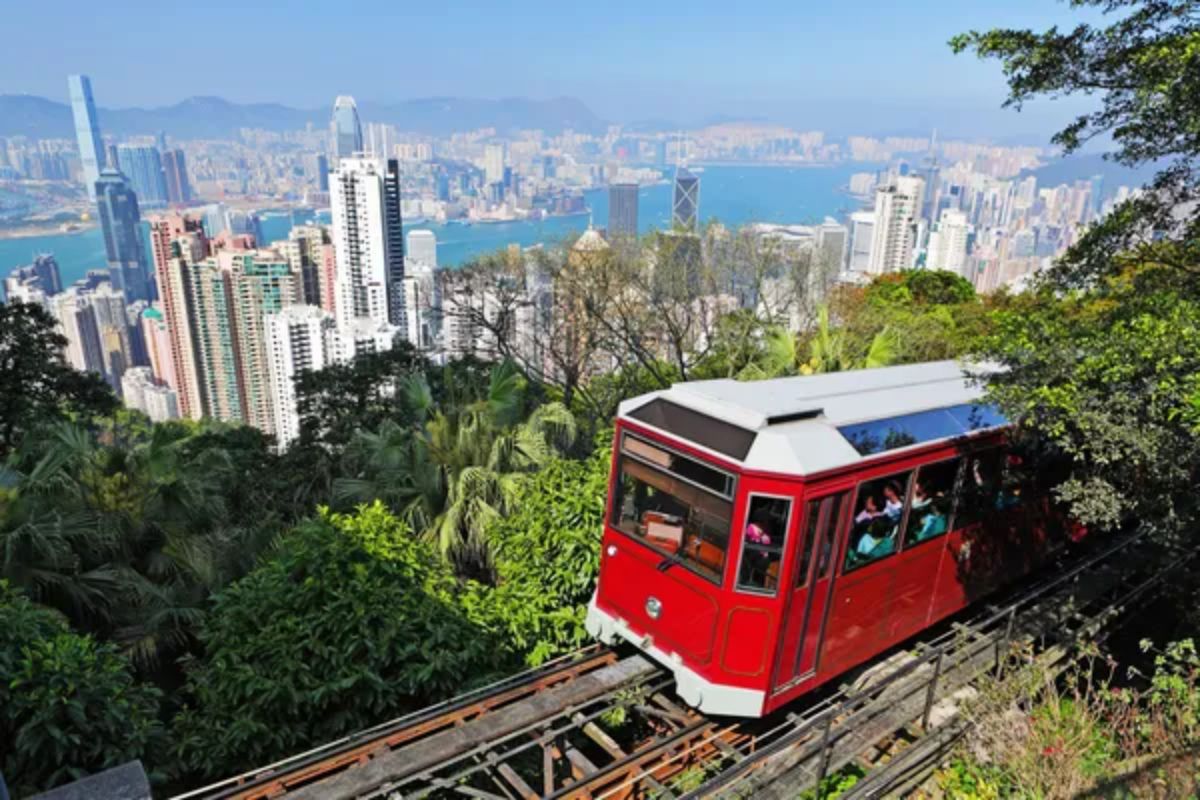
Unique solutions to accommodate Tokyo and Hong Kong are works of urban genius. Both provide a unique solution to accommodate millions in restricted areas. The two cities complement, rather than compete, with one another, providing travelers with unique views of Asian urbanism.
Your choice between these incredible destinations depends on whether you prefer Tokyo’s disciplined harmony or Hong Kong’s kinetic vertical energy.
More from Travel Pug

- 20 Destinations That Were Once Thriving but Are Now Quietly Disappearing
- 15 Hidden Spots in Disney World’s Magic Kingdom Most Visitors Miss
- 20 Once-Popular Beach Towns That Are Now Ghostly Empty
- 20 Beautiful US Lakefront Towns Where You Can Live for Under $2000 a Month
- 20 Caribbean Islands That Are Safer Than People Think
Like Travel Pug’s content? Follow us on MSN.
